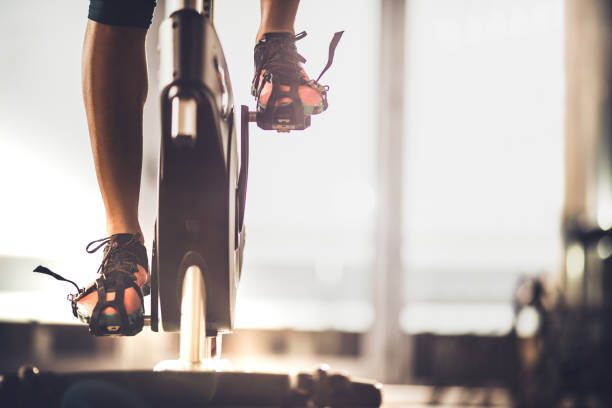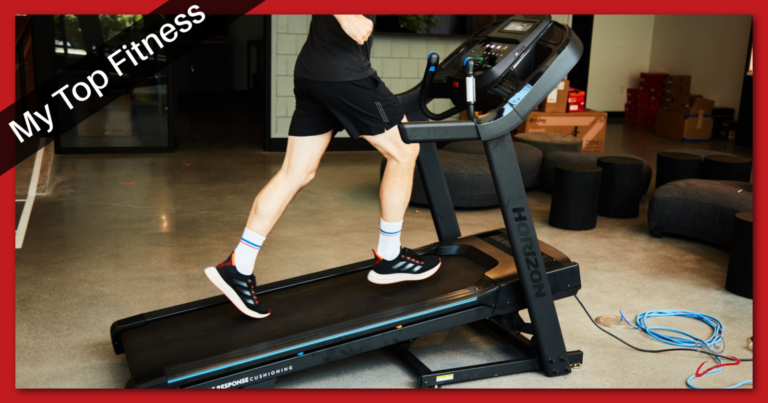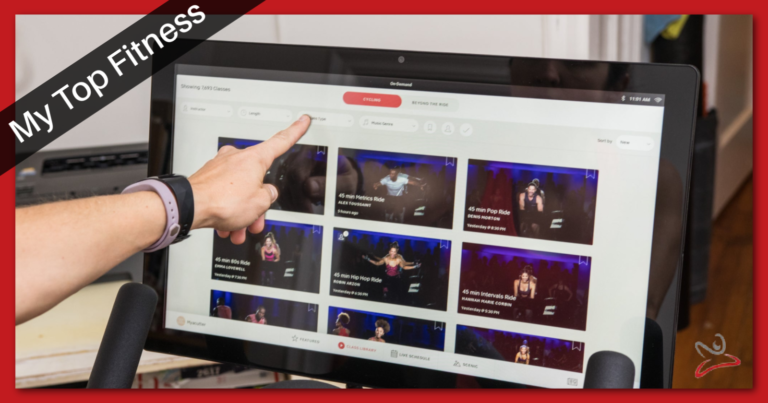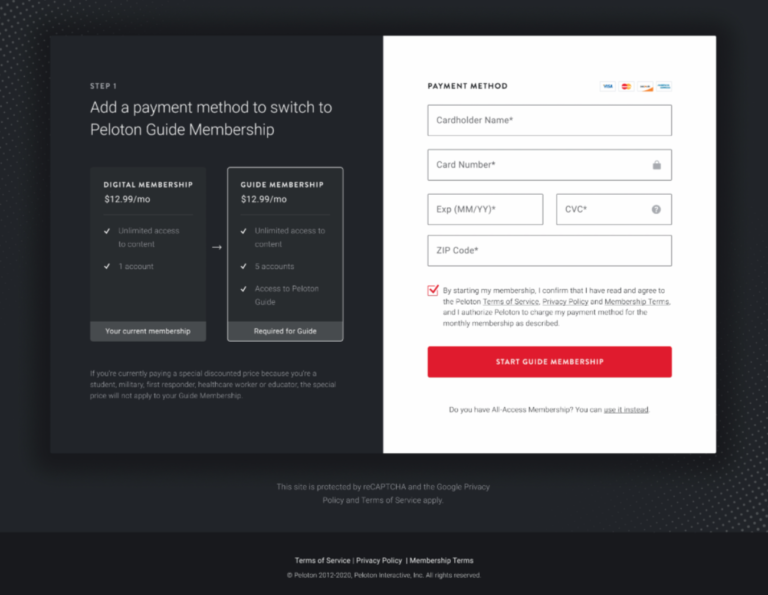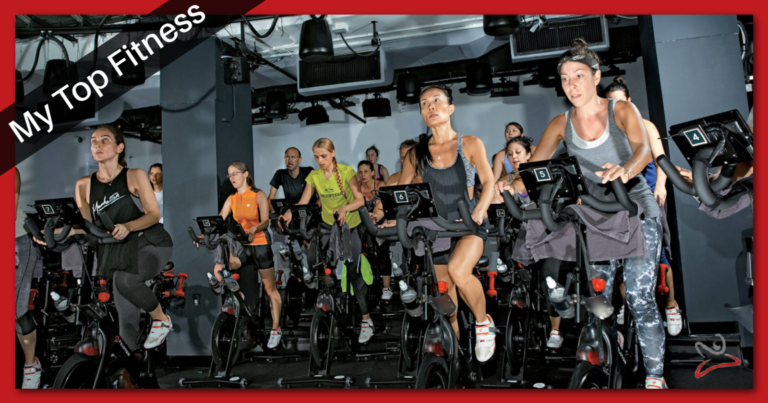Shin Splints: How to Effectively Foam Roll for Alleviation

Foam rolling is a popular technique used for muscle recovery and pain relief. Shin splints, a common injury among runners and athletes, can be a painful and frustrating condition to deal with. Fortunately, foam rolling can be an effective way to manage and prevent shin splints. In this article, we will explore how to foam roll shin splints, including the techniques and tools needed to do so.
Key Takeaways
- Foam rolling can be an effective way to manage and prevent shin splints.
- Choosing the right foam roller and using proper technique is important for effective foam rolling.
- Foam rolling should be used in conjunction with other preventive measures and recovery methods for optimal results.
Understanding Shin Splints
First, it’s important to understand what shin splints are and how they occur. Shin splints, also known as medial tibial stress syndrome, refer to pain along the tibia bone in the shin. This pain is often caused by inflammation of the structures surrounding the leg, including the muscles, tendons, and periosteum of the bone. Overuse, improper footwear, and poor biomechanics are common causes of shin splints.
The most common symptom of shin splints is pain along the front of the shinbone. The pain can be dull or sharp and may worsen during physical activity. In some cases, the affected area may also be tender to the touch.
If you suspect you have shin splints, it’s important to rest and avoid activities that may worsen the pain. Applying ice to the affected area can also help reduce inflammation and relieve pain. It’s also important to wear proper footwear and gradually increase the intensity and duration of physical activity to prevent future injuries.
Foam rolling can also be an effective way to relieve pain and stiffness associated with shin splints. By using a foam roller to massage the affected area, you can help increase blood flow and reduce inflammation. When foam rolling for shin splints, be sure to focus on the tibialis anterior muscle, which is located on the front of the shinbone.
In summary, shin splints can be a painful and frustrating injury for runners and athletes. By taking proper precautions and seeking treatment, you can help prevent future injuries and get back to your favorite activities.
Role of Foam Rolling in Shin Splints
If you are experiencing shin splints, foam rolling can be a helpful tool in your recovery process. Foam rolling is a form of self-massage that can help release muscle knots and tension in the body. By using your own body weight and a foam roller, you can apply pressure to specific areas of your shins to help alleviate pain and discomfort.
Foam rolling can also help improve range of motion and flexibility in the muscles and connective tissue surrounding the shins. By targeting these areas, you can help prevent future injuries and improve overall performance in physical activities.
When using a foam roller for shin splints, it’s important to use proper technique to avoid further injury. Start by placing the foam roller under your shins and using your body weight to apply pressure. Roll slowly and steadily along the length of your shins, pausing on any areas of tension or discomfort.
It’s important to note that foam rolling should not be painful. If you experience sharp or intense pain, stop immediately and consult a healthcare professional. Additionally, foam rolling should not be used as a substitute for professional medical treatment.
Overall, foam rolling can be a helpful tool in managing shin splints and promoting recovery. By using proper technique and listening to your body, you can safely incorporate foam rolling into your routine to help alleviate pain and improve performance.
Choosing the Right Foam Roller
When it comes to foam rolling for shin splints, choosing the right foam roller can make all the difference in your recovery. Here are some factors to consider when selecting a foam roller:
Foam Rollers
There are two main types of foam rollers: smooth and textured. Smooth foam rollers are the most common and are great for beginners or those with less muscle tension. Textured foam rollers have bumps or ridges on them and are better for deeper tissue massage and more intense workouts.
Cushioning
Foam rollers come in different levels of cushioning, from soft to firm. Softer foam rollers provide a gentler massage and are great for beginners or those with less muscle tension. Firmer foam rollers provide a deeper tissue massage and are better for more intense workouts or for those with more muscle tension.
Intensity
The intensity of your foam roller depends on the size and density of the foam roller. Larger foam rollers provide a gentler massage, while smaller foam rollers provide a more intense massage. Denser foam rollers also provide a more intense massage.
When selecting a foam roller for shin splints, it is important to consider your individual needs and preferences. If you are new to foam rolling, start with a softer, smoother foam roller. If you have more muscle tension or are looking for a deeper massage, consider a firmer, textured foam roller. It is also important to listen to your body and adjust the intensity of your foam rolling accordingly.
Foam Rolling Techniques for Shin Splints
Here are some foam rolling techniques and exercises that you can use to target the muscles in your lower legs:
Calf Muscle Foam Rolling
The calf muscles are a common culprit of shin splints. To foam roll your calf muscles, follow these steps:
- Sit on the floor with your legs extended in front of you.
- Place the foam roller under your calves.
- Lift your hips off the ground and use your arms to roll the foam roller up and down your calves.
- If you find a tender spot, hold the foam roller on that spot for 20-30 seconds to release the tension.
Tibialis Anterior Foam Rolling
The tibialis anterior muscle runs along the front of your shin and is often involved in shin splints. To foam roll your tibialis anterior muscle, follow these steps:
- Sit on the floor with your legs extended in front of you.
- Place the foam roller on the front of your shin, just below your knee.
- Slowly roll the foam roller down your shin to your ankle.
- If you find a tender spot, hold the foam roller on that spot for 20-30 seconds to release the tension.
Seated Shin Stretch
In addition to foam rolling, stretching can also be helpful for treating shin splints. Here’s a seated shin stretch that you can do:
- Sit on the floor with your legs extended in front of you.
- Bend your right knee and place your right foot on the ground.
- Place your left foot on top of your right knee.
- Use your hands to gently pull your left foot towards your body until you feel a stretch in your shin.
- Hold the stretch for 20-30 seconds and then switch sides.
Remember to incorporate foam rolling and stretching into your routine regularly to prevent shin splints from recurring. And if you’re an athlete, make sure to wear shoes with adequate cushioning and support, and gradually increase your exercise intensity and duration to avoid overuse injuries.
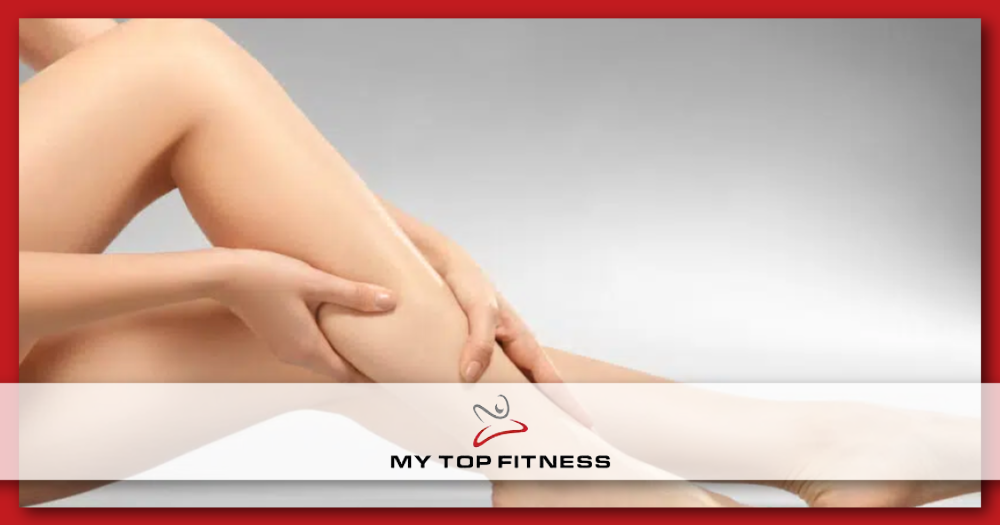
Preventive Measures for Shin Splints
Shin splints can be a painful and frustrating condition, but there are several measures you can take to prevent them from occurring in the first place. Here are some tips to help you prevent shin splints:
Wear Proper Shoes
Wearing proper shoes is crucial to preventing shin splints. Make sure your shoes fit well and provide adequate support and cushioning for your feet. If you have flat feet, consider getting orthotics to help correct your foot posture.
Stretch and Warm Up
Stretching and warming up before exercise can help prevent shin splints. Focus on stretching your lower leg muscles, such as your calves and shins. This will help improve your joint range of motion and reduce the risk of overuse injuries.
Cross Train
Cross training can help prevent shin splints by allowing your lower legs to rest and recover. Try low-impact exercises such as swimming, yoga, or Pilates to give your legs a break from running or other high-impact exercises.
Strength Training
Strength training can also help prevent shin splints by improving the strength and flexibility of your lower leg muscles. Try exercises such as calf raises, resistance band exercises, and toe curls to help strengthen your muscles and improve your balance.
Rest and Recovery
Rest and recovery are essential to preventing shin splints. Make sure to give your legs time to rest between workouts, and avoid overuse injuries by gradually increasing your exercise intensity and duration.
Compression
Compression socks or sleeves can help improve circulation and reduce the risk of shin splints. Consider wearing compression gear during exercise or recovery to help prevent injuries.
Consult a Doctor
If you are experiencing frequent or severe shin splints, it may be time to consult a doctor. They can help diagnose any underlying issues and provide treatment options to help speed up the healing process.
Additional Recovery Methods
Foam rolling is a great way to alleviate pain and promote healing of shin splints, but it’s not the only method available. Here are some additional recovery methods that you can try:
Ice and Support
If the pain is severe, you will want to apply ice to the affected area to reduce inflammation. Wrap an ice pack in a towel and apply it to your shin for 15-20 minutes at a time, several times a day. You can also wear compression sleeves or socks to provide support and reduce swelling.
Calf Raises
Calf raises are a simple exercise that can help strengthen the muscles in your lower legs. Stand with your feet hip-width apart and slowly raise up onto your toes, then lower back down. Repeat for several sets of 10-15 reps.
Stretching
Stretching can help improve flexibility and reduce stiffness in your lower legs. Try stretching your calves by standing with your toes on a step and lowering your heels down below the step. Hold for 30 seconds and repeat several times.
Hard Surfaces
Avoid running on hard surfaces like concrete or asphalt, as this can exacerbate shin splints. Instead, try running on softer surfaces like grass or dirt trails.
Hydration
Make sure you’re drinking enough water to keep your body hydrated. Dehydration can lead to weakened bones and muscles, which can increase the risk of developing shin splints.
Frequency
If you’re prone to shin splints, it’s important to gradually increase the frequency and intensity of your workouts. Don’t try to do too much too soon, as this can lead to overuse injuries.
Bone Tissue
If you have weak bones or are at risk of developing osteoporosis, it’s important to take steps to protect your bone tissue. This may include taking calcium and vitamin D supplements, as well as engaging in weight-bearing exercise.
Conclusion
In conclusion, foam rolling is an effective and affordable way to alleviate shin splint pain. By applying pressure to the muscles along the shinbone, you can increase blood flow, promote relaxation of tight muscles, and speed up the healing process.
When using a foam roller, it is important to maintain proper form and technique. Start with a low intensity and gradually increase the pressure as your muscles become more accustomed to the pressure. Be sure to roll slowly and avoid rolling over bone or joints.
Remember, foam rolling is not a substitute for proper rest and recovery. If you are experiencing persistent pain or discomfort, it is important to seek medical attention and take time off from physical activity.
Incorporating foam rolling into your regular routine can help prevent future injuries and improve overall athletic performance. With the right technique and consistency, you can say goodbye to shin splint pain and hello to a healthier, stronger you.

Frequently Asked Questions
How long should I foam roll my shins for?
When foam rolling for shin splints, it is recommended to spend at least 60 seconds rolling each leg. You can repeat this process for up to three rounds. If you find that you need more time, you can increase the duration of each round, but be careful not to overdo it.
What are some effective foam rolling techniques for shin splints?
One effective foam rolling technique for shin splints is to place the foam roller under your knee and slowly roll down to your ankle. Another technique is to place the foam roller under your calf and roll up and down your shin. Experiment with different techniques to find what works best for you.
What are some stretches that can help alleviate shin splints?
Stretching can be an effective way to alleviate shin splints. Some stretches that can help include calf stretches, toe touches, and ankle circles. Make sure to stretch both before and after your workout.
Can foam rolling help prevent future occurrences of shin splints?
Yes, foam rolling can help prevent future occurrences of shin splints by increasing blood flow, reducing muscle tension, and improving flexibility. Incorporating foam rolling into your regular workout routine can be a great way to prevent injuries and any future occurrences.
What are some common causes of shin splints?
Shin splints can be caused by a variety of factors, including overuse, improper footwear, and muscle imbalances. Make sure to wear proper footwear, gradually increase your workout intensity, and stretch regularly to prevent shin splints.
Is it possible to massage out shin splints with a foam roller?
While foam rolling can help alleviate pain from shin splints, it may not completely eliminate the issue. If you are experiencing severe pain or discomfort, it is important to consult with a medical professional.


